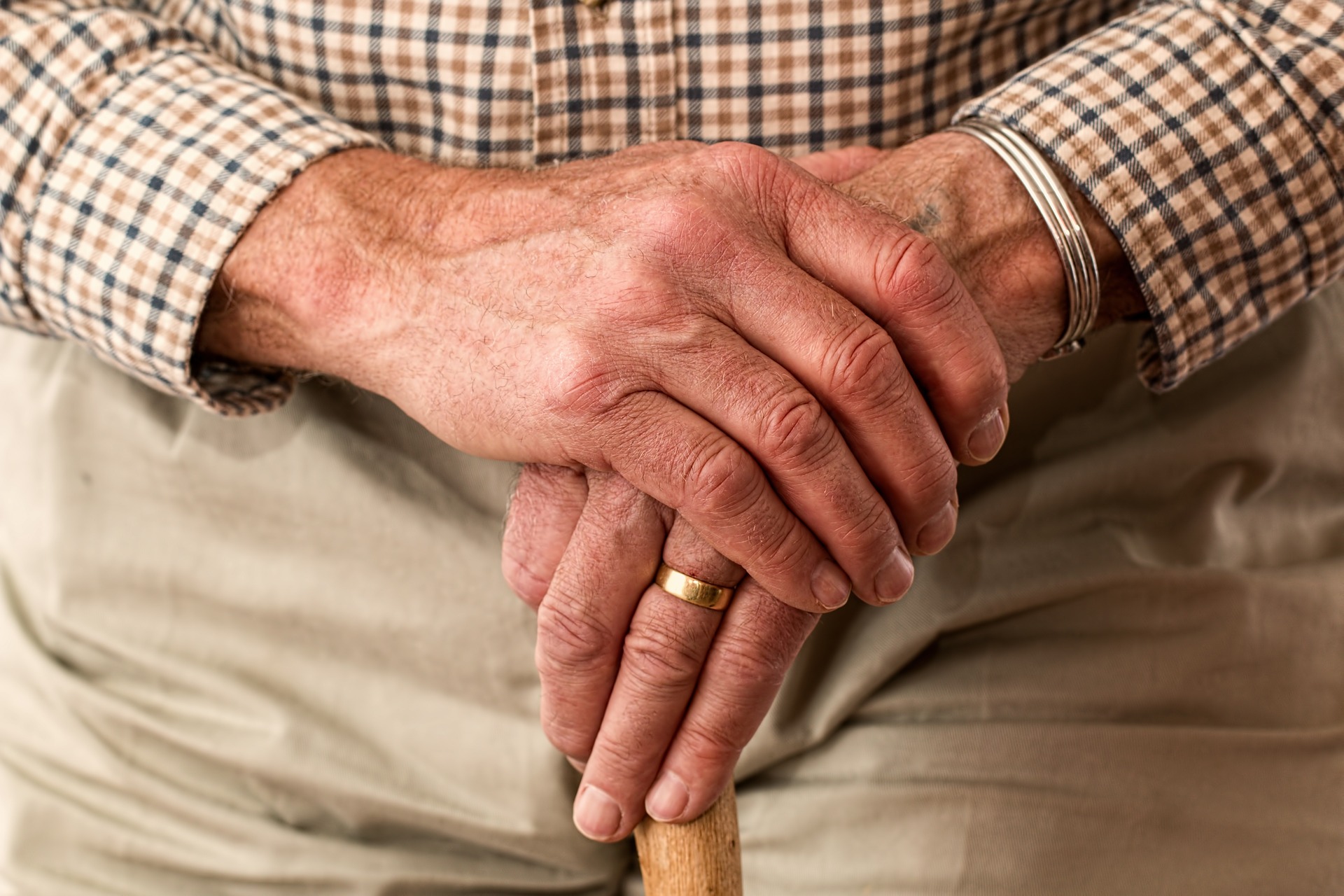
People with Parkinson’s disease often have difficulty with speech and trouble in performing different body movements. These problems become more evident when the disease reaches its advanced stage. Besides medication, different exercise approaches are used to overcome these problems.
One most effective exercise therapy that got much attention in recent years is the LSVT (Lee Silverman Voice Treatment) Big and Loud therapy, commonly known as Big and Loud therapy. It involved different exercises that are designed to address movement and speech problems in Parkinson’s disease. The therapy can also help those suffering from other brain diseases.
What is Big and Loud Therapy and How does it Work?
Big and Loud therapy approach was originally developed in 1987 to improve voice and speech in people with Parkinson’s disease. Later on, it was found that the same approach could also be applied to address motor problems in patients. Today, it is considered as the standard, research-based treatment protocol for people with Parkinson’s disease.
Big and Loud therapy comes with a highly intensive training program, which is performed under a qualified therapist. The whole training program takes four weeks – 4 sessions per week. There are 16 sessions in total and each session can last for 1 h. The methods used in this treatment approach varies according to the patient’s specific needs.
As the name suggests, the therapy comprises two segments- the Big that involved movements and Loud that involved speech.
The Big segment of the training is aimed to recalibrate the motor and perceptional system in patients so that they can perform large amplitude movements. This often involved the large extended movement of hands, legs, and exaggerated trunk rotation; also known as very large awkward feeling movements. These movements can be performed either seated or standing. The goal is to increase in the step size, the overall posture, and arm movement.
The Loud segment focused on improving the articulation and vocal quality so that the patient’s speech becomes clear and louder. During the training, the patients are trained to say “ah” in loud good quality voice going high in pitch. In addition, the patients are trained to say phrases that they used daily in a loud voice. The training helps the patients to regain their communication ability.
What Symptoms can be Improved with Big and Loud Therapy?
Big and Loud therapy is designed to improve the motor symptoms in people with Parkinson’s disease, specifically the movements and speech. In addition, it can also help to improve the cognitive functions in patients.
Movement Improvement:
The focus of LSVT BIG training is to overcome the problem of movements so that the patients move fast and walk with bigger steps. Small movements like getting in and out of the chair, sofa or bed can also be improved with this therapy. In addition, the therapy also helps in improving balance, strength, and endurance.
A group of patients who were on LSVT Big program for 4 weeks reported that they found a modest increase in the speed of walking and reaching movements (1). There are many clinical trials and some anecdotal evidence published in the last few years claiming that patients got significant improvement in their movements (like walking, setting and bed mobility) following this therapy (2 3 4).
However, the therapy doesn’t help with the involuntary movement, the dyskinesia.
Speech Improvement:
One of the primary problems associated with Parkinson’s disease is difficulty in speech. Patients often have lower volume and trouble in making a deep breath. As a result, they cannot speak clearly and loudly. LSVT Loud therapy helps them to raise their volume and improve their speech.
The therapeutic impact of LSVT Loud on speech has been reported in several studies. For example, a study performed in 33 patients with Parkinson’s disease has found that LSVT Loud therapy is highly effective in treating the voice and speech problems in patients (5). Similarly, another study involving 28 patients has concluded that LSVT Loud therapy is effective for improving orofacial functions like speech, swallowing, and facial expression. The same study also reported that this therapy is also helpful in improving respiratory and laryngeal (the part that creates voice) functions in patients (6).
At What Stage the Big and Loud Therapy Should be Started?
Big and Loud therapy is useful for patients at any stage of the disease. Especially those who started in the early or mid-stage of the disease can get the most of this program. Although there is little evidence of its efficacy in slowing the disease progression, starting it at the early stages may possibly delay the onset of motor symptoms.
Disclaimer: The information shared here should not be taken as medical advice. The opinions presented here are not intended to treat any health conditions. For your specific medical problem, consult with your health care provider.
Nice Blog, it is very helpful to us
Best Neurologist Near me
Thank you Sagar, I’m happy you found it helpful.
I’ve had 4 weeks of BIG therapy and found it very helpful in making my walking a cognitive movement so that I am aware of movements and can therefore move more normally. As my disease progresses, i don’t know what will happen. I’m moving better now.
Hey Billie, thanks for leaving a comment. We’re glad you found this therapy very helpful. Keep informing us about your progress. Stay active and healthy.